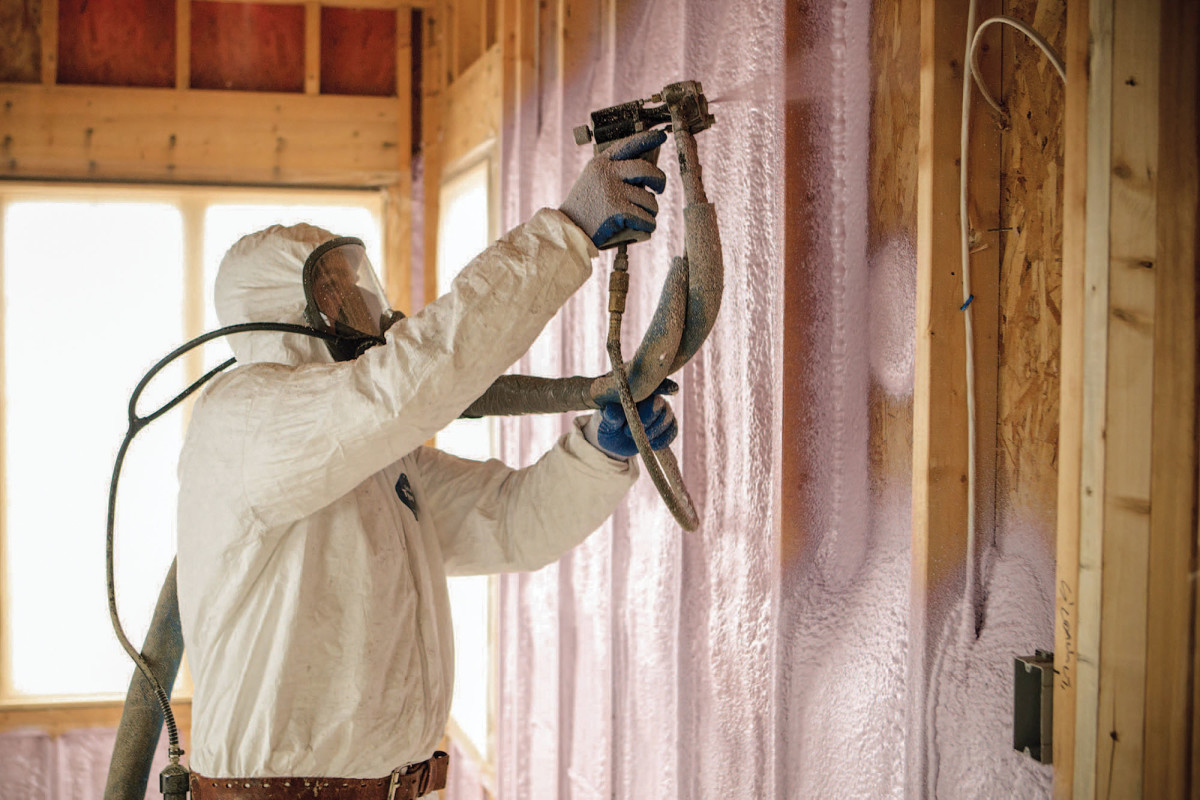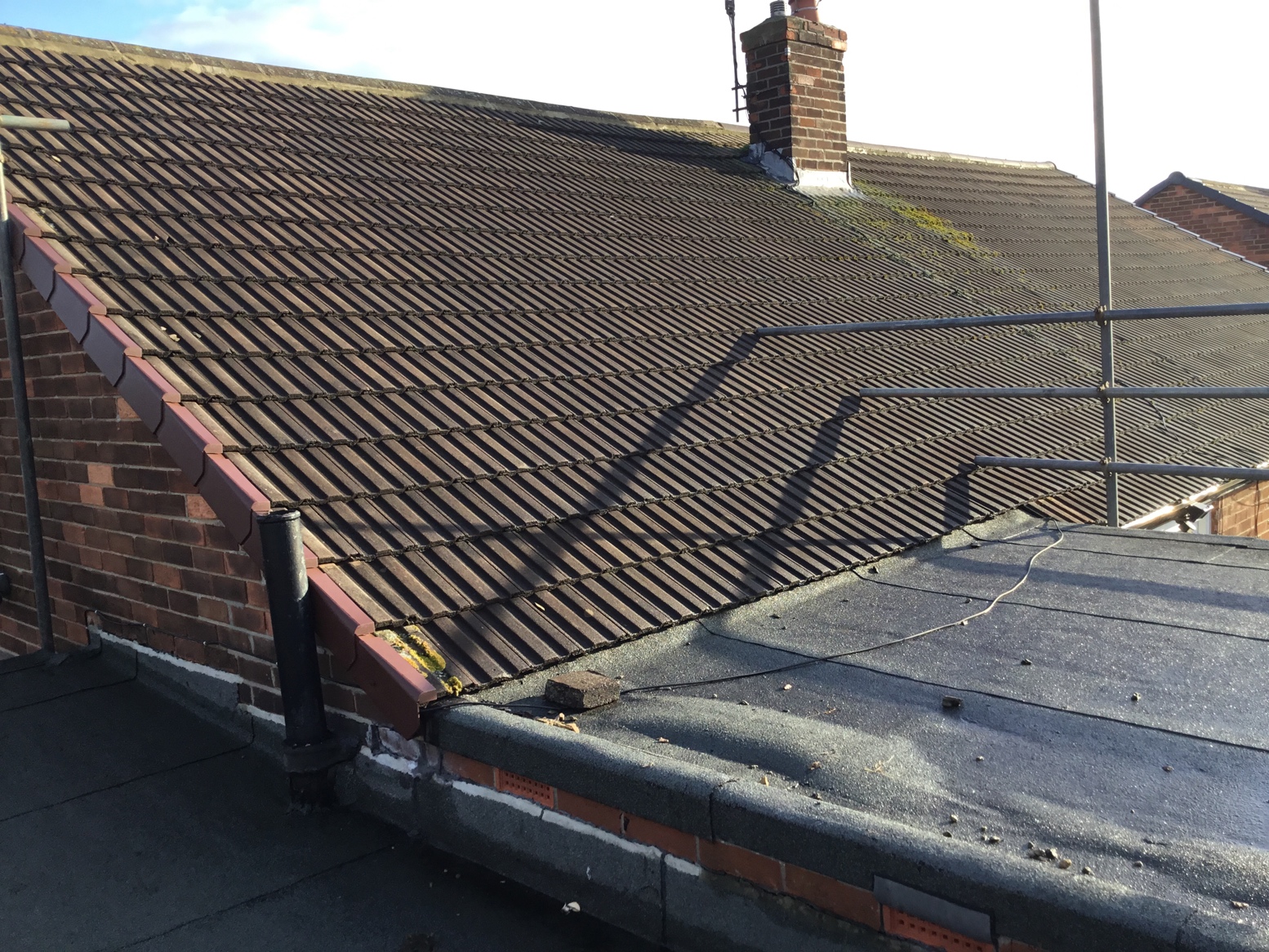
Much of our heat is lost through the walls and through the roofs of our homes. With rising energy bills, some people have made efforts to make savings by switching lights off more regularly, using appliances sensibly and avoiding leaving technology on standby. Even switching providers is a good idea but it is not everyone who will consider that the lack of insulation in their homes could be contributing significantly to their bills, after all, why would we want to heat the earth’s atmosphere! Often people use their attic space for storage and don’t think of the space as being protective to their home in terms of retaining heat. The domestic market uses considerable amounts of energy for heat and for their appliance use and there are those who are concerned about the overall impact on the planet. Insulation becomes a good idea. This article was provided on behalf of www.synergyinsulation.com.
There are different materials that are used to insulate homes. We can choose from Fiberglass which uses small strands of glass which are woven into the insulating material, mineral wool, which is glass wool, rock wool or slag wool, cellulose which is made from cardboard and paper, Polyurethane Foam and Polystyrene. All of the materials have their advantages and their disadvantages, some are not fire resistant and the Fiberglass for example has to be worked very carefully as the glass particles can be inhaled and cause damage to the eyes and to the skin.
Spray Foam is becoming an increasingly popular choice of insulation material due to its versatility. It can be used as an insulator all over the home, under the floors, on the walls and in the attic space.
How Does Spray Foam Work
Spray Foam, as its name suggests is a foam which is sprayed in place. It then sets into the space providing excellent insulation capability. It is a polyurethane foam and is an insulator and also provides a barrier. Unlike other foams, it has the capability to fill gaps and crevices that may otherwise only be covered. Spray foam never loses its shape and won’t sag or settle over time.
Types of Spray Foam
The foam comes in two types which relate to the cell structure
Closed cell foam – this is a dense foam and provides the most resistance
Open cell foam – this is a light soft foam which can expand considerably on application.
It may be that the closed foam is appropriate for some areas ant the open foam for others. It would be wise to have an assessment of your home to determine what would best fit the needs that you have. The different types of foams come at different costs and it therefore make sense to have the assessment carried out. It is noted however worth cutting corners on coast as you will be saving money month on month as your bills reduce and you will be having the benefit of a lovely cosy home which will be much quieter too!
The R value of a material refers to the ability of the material to resist the flow of heat, hence materials with a higher R value would hold more of the heat in your home. Different areas have different climates and the R value that you would require would be according to your climate. Open cell and closed cell foams have different R values and different costs. Both have their advantages.
Advantages of Spray Foam Insulation compared with other types
- It is quickly applied
- It is versatile and can be applied to your walls, floors and attic space
- It is very robust and can hold together like glue. Due to its robust nature it can offer protection to the home under adverse weather conditions like storms
- It provides excellent adhesion to any surface
- It stays in place
- There are no mechanical fixings needed
- You are provided with a choice of types
- It can fill even very small gaps and awkwardly shaped spaces
- It fills gaps and crevices as opposed to just covering them
- It keeps its shape and will not sag or bow
- It prevents the growth of mold
- Spray foam has the ability to significantly reduce noise from outside your home
- As the air can no longer penetrate your building, it significantly reduces the allergens in your home
- Prevents rodents, rats and other insects entering your home, it is difficult to be aware of the bugs and ‘pests’ that live in our crawl spaces
- Rodent waste, which can carry disease is also reduced
- Reduces the build up of condensation quite significantly
- Closed cell insulation due to the robust nature of the material can strengthen your walls
- Longevity, other types of foam have to be replaced more quickly, fiberglass sags and can become quite dirty. Spray foam is much longer lasting and will therefore save you money in the long run
- In the winter it protects against cold and in the summer it protects against heat
- It can increase the value of your home by making it more attractive to future buyers
Spray foam is therefore a good choice of insulator compared with other materials. It has become the go to choice for many builders of new homes due to its ability to fill and seal all the gaps, something that other materials cannot do and clearly the more gaps and crevices that we fill, the better the insulation and protection for our home. It is considered by the professionals to be a high performance product.
When you are considering spray foam for your home, make sure you approach a reputable company, read the reviews. Not all spray foam is equal so read the technical spec to make sure that you are getting what you expect and if in doubt, ask questions. Spray foam has to be applied properly in order for it to be effective, poor application can result in a bit of a mess, loss of function and inability to adhere properly to surfaces. Spray foam has to be installed to a certain thickness. Spray foam has an odor when applied and has to be applied safely, a good reputable company will be aware of that and the necessary measures needed.




 POSTED BY
POSTED BY 

